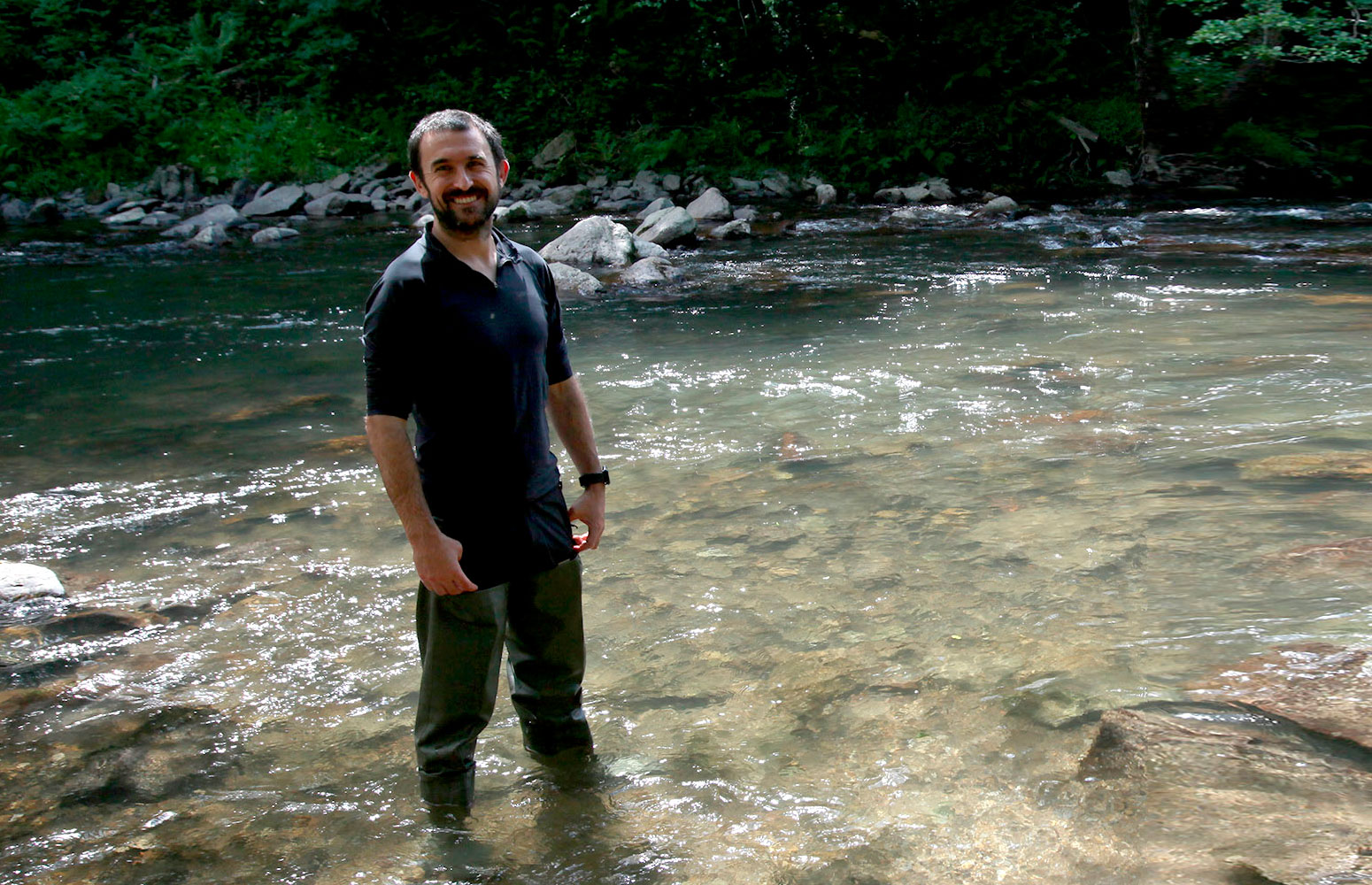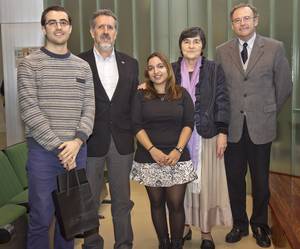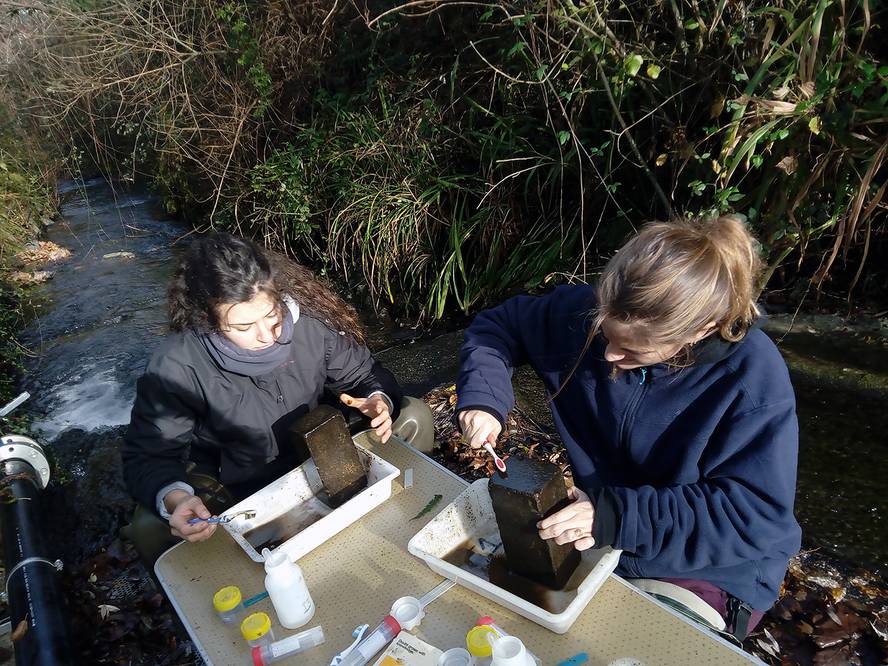Recovery of biodiversity in European rivers is interrupted
2023/11/07 Elhuyar Zientzia Iturria: Elhuyar aldizkaria

River biodiversity increased in the 1990s and 2000, but its recovery in the 2010 decade tends to slow down. This is the conclusion drawn from a recently published paper in the journal Nature. The study involved the UPV River Ecology group. Researchers call for intensified efforts to reactivate freshwater biodiversity recovery processes.
Data collected from river systems in 22 European countries between 1968 and 2020 have been analysed. “1,816 points in Europe have been sampled over and over for many years, and this data shows the evolution of 40 years of rivers and streams,” said UPV researcher and professor Aitor Larrañaga.
The study concludes that “in general, the biodiversity of rivers and streams has improved until the 2000s, with an increasing number of species and an improvement in abundances. And that's a good sign. But from there the increase in biodiversity has stagnated, we no longer see the increases that occurred earlier,” explains Larrañaga. “The improvement observed in the 1990s and 2000s shows the effectiveness of measures to improve water quality and recovery, but the slowdown in this improvement trend in the 2010 decade suggests that the effectiveness of the measures implemented has decreased today.”
The researcher notes that the signs of complacency should be dispensed with: “To some extent, it is clear that heavily polluted areas have improved, and as the number of heavily polluted streams decreases, it is more difficult to significantly improve the ecological status, as even the simplest solutions in heavily polluted areas produce enormous improvements. However, there are still black holes in the water quality map in Europe. There are quite contaminated sites, not everything is done.”
Researchers stress the existence of new and persistent pressures affecting freshwater ecosystems, such as new pollutants, climate change and invasive species, and call for intensified efforts to further recover the biodiversity of these ecosystems. “New contaminants are continuously being produced. It is very difficult to deduce causality, that is, why this stagnation of the last decade can occur. However, it may be due to the appearance of new contaminants. The impact of each of these new pollutants must be carefully analysed, and important work is emerging in recent years. However, it becomes a subject of particular relevance from the point of view of the state of ecosystems, as new contaminants appear at a very rapid rate and interactions between them can be very complex. We ask for more research and prudence.”
Larrañaga attaches great importance to the monitoring work carried out in the rivers of the CAPV, “Thanks to the enormous sampling work carried out in the CAPV, it is possible to obtain information of great interest, as it exists in few places worldwide. With the information provided by the data collected for decades we can say with great assurance what is happening and thus make decisions to manage our waters.”

Gai honi buruzko eduki gehiago
Elhuyarrek garatutako teknologia





